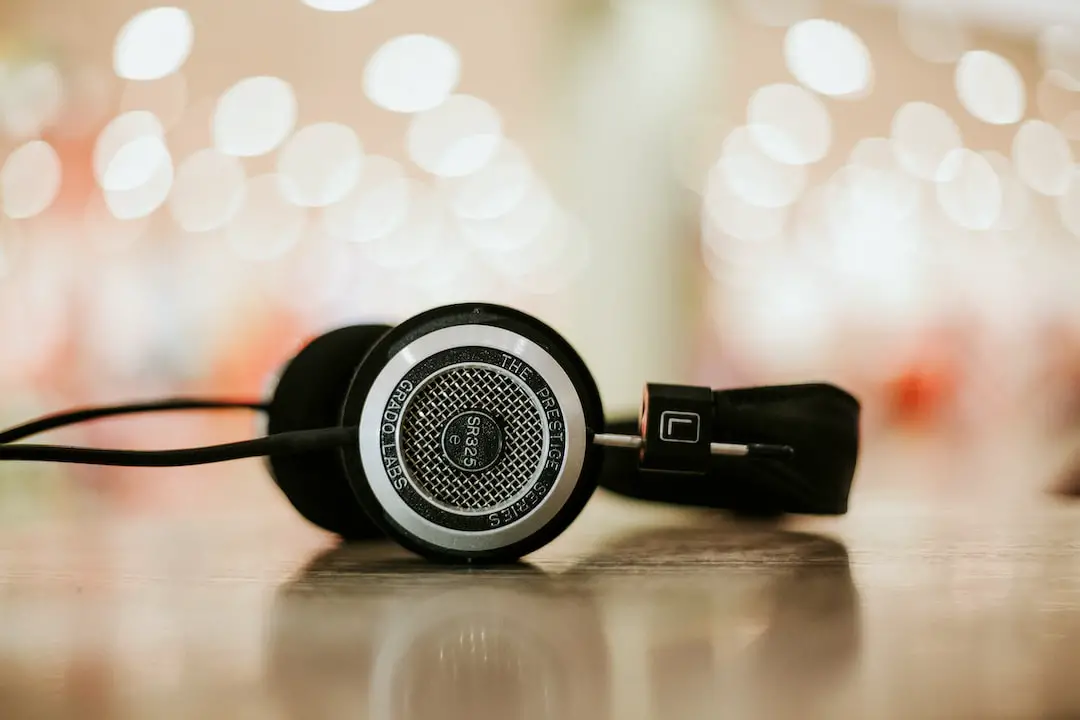How to know if your audio cable is mono or stereo?
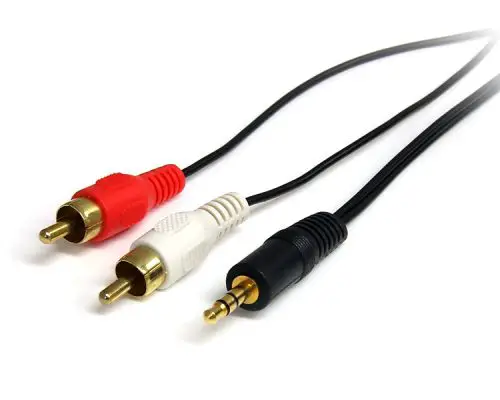
Stereo Cable
To determine if your audio cable is mono or stereo, you can look at the number of connectors on the plug. A mono cable will have just one connector, while a stereo cable will have two connectors.
Typically, mono cables are used for single-channel audio signals, such as for microphones or guitars, while stereo cables are used for dual-channel audio signals, like those used for headphones or stereo speakers.
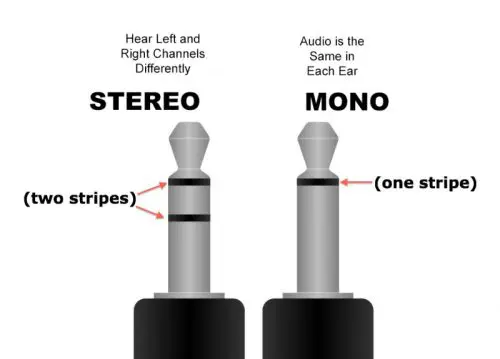
Stereo vs mono
Other way to determine mono vs stereo cable is to see the jack. Examine the number of connectors on the plug. A mono cable features a single connector, while a stereo cable boasts two connectors.
It is generally safe to insert a mono jack into a stereo plug, but it may not give you the desired audio output. When you insert a mono jack into a stereo plug, the audio will be summed to mono and you will hear the same sound through both left and right channels.
This can result in a loss of audio quality and lack of proper stereo sound. However, there are situations where using a mono jack in a stereo plug may be necessary, such as when you only have a mono device available or if you are trying to connect a mono signal to a stereo input.
In such cases, it is important to make sure the mono jack is fully inserted into the stereo plug to avoid any loose connections or signal interruptions. Additionally, using a mono-to-stereo adapter can help maintain better audio quality and prevent any potential damage to the audio equipment.
When it comes to audio cables, it is always best to use the appropriate cable for your intended purpose. Using a mono cable with a mono device and a stereo cable with a stereo device ensures optimal audio performance and prevents any potential issues with sound quality.
Can you use a stereo jack for mono guitar?
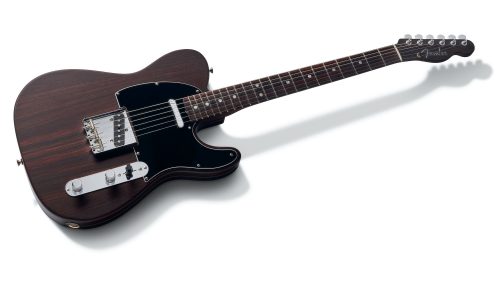
You can use a stereo jack for a mono guitar, but it is not the ideal choice. A mono guitar output is designed to carry a single-channel audio signal, while a stereo jack is meant for dual-channel audio signals. However, in a pinch or if a mono jack is not available, it is possible to use a stereo jack for a mono guitar with some considerations.
When using a stereo jack for a mono guitar, you will typically need to connect the guitar’s hot signal wire (usually the center conductor of the cable) to the tip connector of the stereo jack. The ground wire of the guitar will still be connected to the sleeve connector, which is the same for both mono and stereo jacks.
It’s important to note that using a stereo jack for a mono guitar may result in some degradation of the audio signal. This is because the stereo jack is designed to carry two separate audio signals, and when used with a mono guitar, the signal will be summed to mono. As a result, you may experience a loss of audio quality and a lack of true stereo sound.
To maintain optimal audio performance, it is recommended to use a mono jack for a mono guitar. This ensures that the audio signal is properly transmitted without any loss or interference. However, if you find yourself in a situation where a mono jack is not readily available, using a stereo jack as a temporary solution should work, as long as you make the necessary wiring connections correctly.
What happens if you insert a mono plug into a stereo jack?
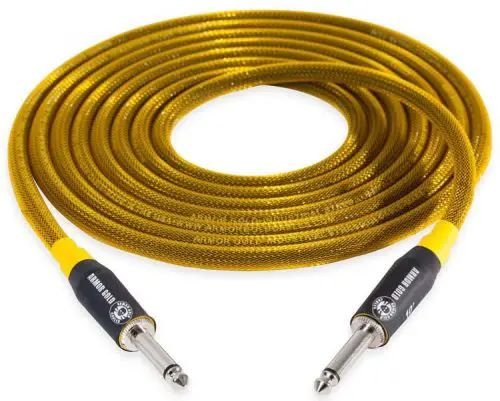
If you plug a mono plug into a stereo jack, the audio signal will be summed to mono and you will hear the same sound through both left and right channels. This happens because a mono plug carries a single-channel audio signal, while a stereo jack is designed to receive dual-channel audio signals.
When a mono plug is inserted into a stereo jack, the tip connector of the mono plug will make contact with both the left and right channels of the stereo jack. As a result, the audio signal from the mono plug will be sent to both the left and right speakers or headphones, essentially playing the same audio through both channels.
While it is generally safe to connect a mono plug to a stereo jack in this manner, there are a few things to consider. First, using a mono plug in a stereo jack may result in a loss of audio quality. This is because the stereo jack is designed to transmit separate audio signals through the left and right channels, but when a mono plug is used, the audio is summed to mono. This can result in the loss of stereo separation and a flattening of the audio experience.
Additionally, inserting a mono plug into a stereo jack may cause a loose connection, resulting in intermittent sound or no sound at all. It is important to ensure that the mono plug is fully inserted and making a secure connection with the stereo jack. If there are any loose connections, it can affect the audio quality and introduce unwanted noise or static.
Overall, while it is possible to plug a mono plug into a stereo jack, it is recommended to use the appropriate cable and connectors for optimal audio performance. If you find yourself needing to connect a mono device to a stereo input, using a mono-to-stereo adapter can help maintain better audio quality and prevent any potential damage to the audio equipment.
Can a stereo jack be used as a mono jack?
A stereo jack can indeed be used as a mono jack. However, it is important to note that using a stereo jack as a mono jack may result in some compromises in audio quality and functionality.
When connecting a mono signal to a stereo jack, you will typically need to connect the mono audio signal wire to either the tip or the ring connector of the stereo jack. This will ensure that the mono signal is properly transmitted. The other connection point, either the tip or ring, should be left unconnected or shorted to the sleeve connector.
One of the main considerations when using a stereo jack as a mono jack is that the mono signal will only be heard through one channel, usually the left channel. This means that if you are using headphones or speakers connected to the stereo jack, you will only hear the audio from one side. This lack of stereo separation can lead to a compromised audio experience, particularly for recordings or content that rely on distinct left and right audio channels.
Furthermore, using a stereo jack as a mono jack may result in a less secure connection. Since the stereo jack is designed to accommodate two audio signals, inserting a mono plug may not fit as tightly as it would in a dedicated mono jack. This can potentially lead to a loose connection and intermittent audio or a complete loss of sound.
While using a stereo jack as a mono jack can be a temporary solution in certain situations, it is generally recommended to use the appropriate mono jack for mono signals. This ensures the best audio quality and prevents any potential issues with loose connections or compromised audio playback.
Is 3.5 mm jack stereo or mono?
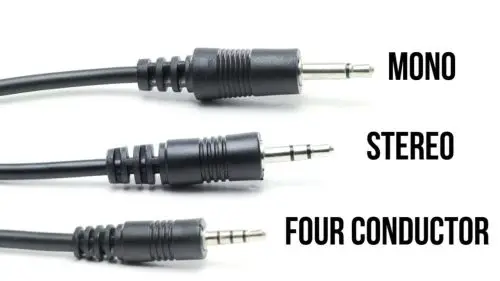
A 3.5 mm jack, also known as an audio jack or headphone jack, can be either stereo or mono. The designation of stereo or mono depends on the specific configuration and use of the jack.
A standard 3.5 mm jack commonly found on smartphones, laptops, and audio devices is typically a stereo jack. It is designed to carry two separate audio signals, one for the left channel and one for the right channel, allowing for stereo sound output. This type of stereo jack is commonly used to connect headphones, speakers, or other audio devices that require separate left and right audio channels.
However, a 3.5 mm jack can also be configured as a mono jack. This is commonly seen in professional audio applications or with certain mono audio devices. In a mono configuration, the 3.5 mm jack carries a single audio signal and is used for applications that do not require stereo sound reproduction. Examples of devices that may use a mono 3.5 mm jack include some microphones, guitars, or mono audio output sources.
To determine whether a specific 3.5 mm jack is stereo or mono, you can inspect the number of black rings on the metal sleeve of the plug. A stereo jack will typically have two black rings, while a mono jack will have only one. Each black ring represents a separate audio channel, with the tip of the jack being the left channel, the first ring being the right channel (in a stereo jack), and the second ring being the ground or common connection.
It’s important to note that not all devices or audio equipment use the standard configuration, and there can be variations in the use of the 3.5 mm jack. This is why it’s always a good idea to verify the specifications of your specific device or consult the user manual to determine if your 3.5 mm jack is stereo or mono.
Differences between a mono and stereo audio signal?
The main difference between a mono and stereo audio signal lies in the number of channels used to transmit the audio.
A mono audio signal, also known as monaural or monophonic, is a single-channel audio signal. This means that the audio is transmitted through a single pathway, typically a single wire or channel. When you listen to a mono audio signal, the sound will come through a single speaker or headphone driver, resulting in a unified audio experience without any spatial separation between different audio elements.
Mono signals are commonly used for applications such as telephone calls, public address systems, and older audio recordings.
On the other hand, a stereo audio signal is a dual-channel audio signal. This means that the audio is divided and transmitted through separate left and right channels. Stereo signals provide a more immersive and accurate audio experience by capturing the spatial positioning of different audio elements.
When you listen to a stereo audio signal through headphones or speakers, you can perceive the placement of instruments, vocals, and other sound sources within the soundstage. Stereo signals are widely used for music recordings, movies, and other audio content that require spatial separation and depth perception.
The key advantage of using stereo over mono is the enhanced sense of depth and realism it brings to the audio experience. With stereo, you can perceive a wider soundstage, a more accurate localization of sounds, and improved spatial separation. This adds to the richness and detail of the audio, providing a more immersive and enjoyable listening experience.
It’s worth noting that not all audio sources or devices produce stereo signals. Some audio equipment, especially older or simpler devices, may only output or accept mono signals. However, modern audio production and playback systems typically support stereo audio, allowing for more dynamic and realistic sound reproduction.
Advantages of using a mono audio signal
Despite how it may not look like it, using a mono audio signal offers several advantages in specific audio applications.
- Compatibility and Simplicity: Mono audio is supported by a wide range of audio equipment, including older devices, public address systems, and telecommunication systems. It’s commonly used in broadcast and radio transmissions due to its broad compatibility.
- Reduced Phase Cancellation: Mono signals are less prone to phase cancellation issues that can occur in stereo signals. This simplifies audio setups and reduces the chances of audio degradation.
- Suitable for Specific Applications: Mono signals are suitable for scenarios where spatial separation isn’t crucial. Public announcements and telephony benefit from clear communication without spatial cues.
- Improved Signal Strength: Mono signals concentrate all audio information in a single channel, resulting in stronger signal strength. This makes mono audio more resistant to degradation over long cable runs and in challenging environments with interference or noise.
- Professional Audio Setups: Mono audio is commonly used in professional setups like live concerts or large venues due to its reliability and signal integrity.
- Flexible Connectivity: Mono audio signals can be easily inserted into stereo systems or multichannel setups without compatibility issues. This provides flexibility in connecting different types of equipment.
- Practical Choice: While stereo audio offers immersive sound, mono audio’s compatibility, simplicity, signal strength, and flexibility make it practical for situations where spatial audio isn’t necessary.
Summary
In conclusion, understanding the differences between mono and stereo audio signals can greatly enhance your audio experience. While stereo signals offer immersive sound and spatial separation, mono signals have their own advantages. Mono audio is compatible with a wide range of equipment, providing simplicity and reliable connectivity.
Its concentrated signal strength helps ensure clear communication and robust transmission, especially in challenging environments. Whether you’re making public announcements, engaged in telephony, or setting up a professional audio system, utilizing a mono audio signal can simplify your setup and deliver consistent results.
So, don’t underestimate the power of mono – it may not have the flashy stereo effects, but it brings practicality, compatibility, and reliability to the table. Embrace the mono experience and enjoy the clarity and strength it brings to your audio endeavors.


